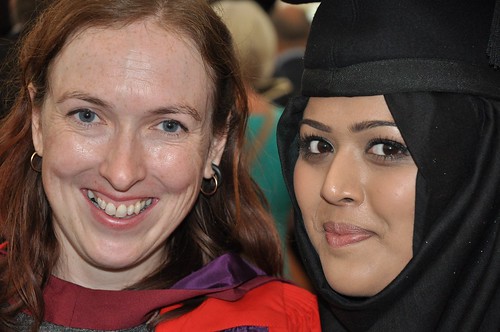
Nowhere 2013, a unique and compelling show by Masters students in Computational Studio Arts, Goldsmiths, Department of Computing, University of London.
Nowhere 2013 showcases a diverse range of work by twenty five international practitioners, who are shaping the use and understanding of applied technologies and their role in society alongside wider cultural practices. Nowhere 2013 is a highly captivating experience set in one of Goldsmiths’ newest exhibition spaces, a former church at the heart of the campus.
All the practitioners are engaged in wide-ranging research: from augmented reality to storytelling, from traditional arts and crafts to theories of perception, from the self to the technological ‘other’; the resulting works span from audio-visual composition to large scale installation, from live performances to photography to dynamic computational systems.
They variously describe themselves as fine artists, artist-programmers, sonic artists, musicians and performance artists. Others eschew these terms completely and instead seek their own definitions for practices that are always engaging and often challenging.
The exhibiting students have each developed their individual practices, merging existing specialties with innovative computational approaches whilst maintaining a critical eye on the wider social implications.
The Computational Studio Arts programme awards degrees at two levels, a one-year Masters (MA) and a two-year Master of Fine Art (MFA), both of which are represented in this show. Based in the Goldsmiths Digital Studios, the Computational Studio Arts programme exemplifies the strong interdisciplinary identity at the core of the Computing Department’s world-leading research.
Practitioners:
Fabio Lattanzi Antinori, Pradeep Balasubramanian, Damien Borowik, Joowon Chung, Jeffrey Ferguson, Andrea Fischer, William Goodin IV, Steph Horak, Haydn Jones, Parinot Kunakornwong, James Leahy, Kain Leo, Richard Lockett, Matthias Moos, Jonathan Munro, Samson Ng, A. Nuttall, Nelmarie du Preez, Ladan Razeghi, Stefan Ritter, Jonathan Shohet Gluzberg, Jen Sykes, Ronan Tuite, Catherine M. Weir, and Cedar Zhou.
Private View: 6pm to 9pm, 12th September
Performance times: 7pm and 9pm
Open to the Public: 13th to 16th September
Open daily: 10am to 7pm
Sunday 15th September: 10am to 4pm
Performance times: 2pm to 3pm & 6pm to 7pm (except Sunday)
Find out more, visit the Now Here 13 website









